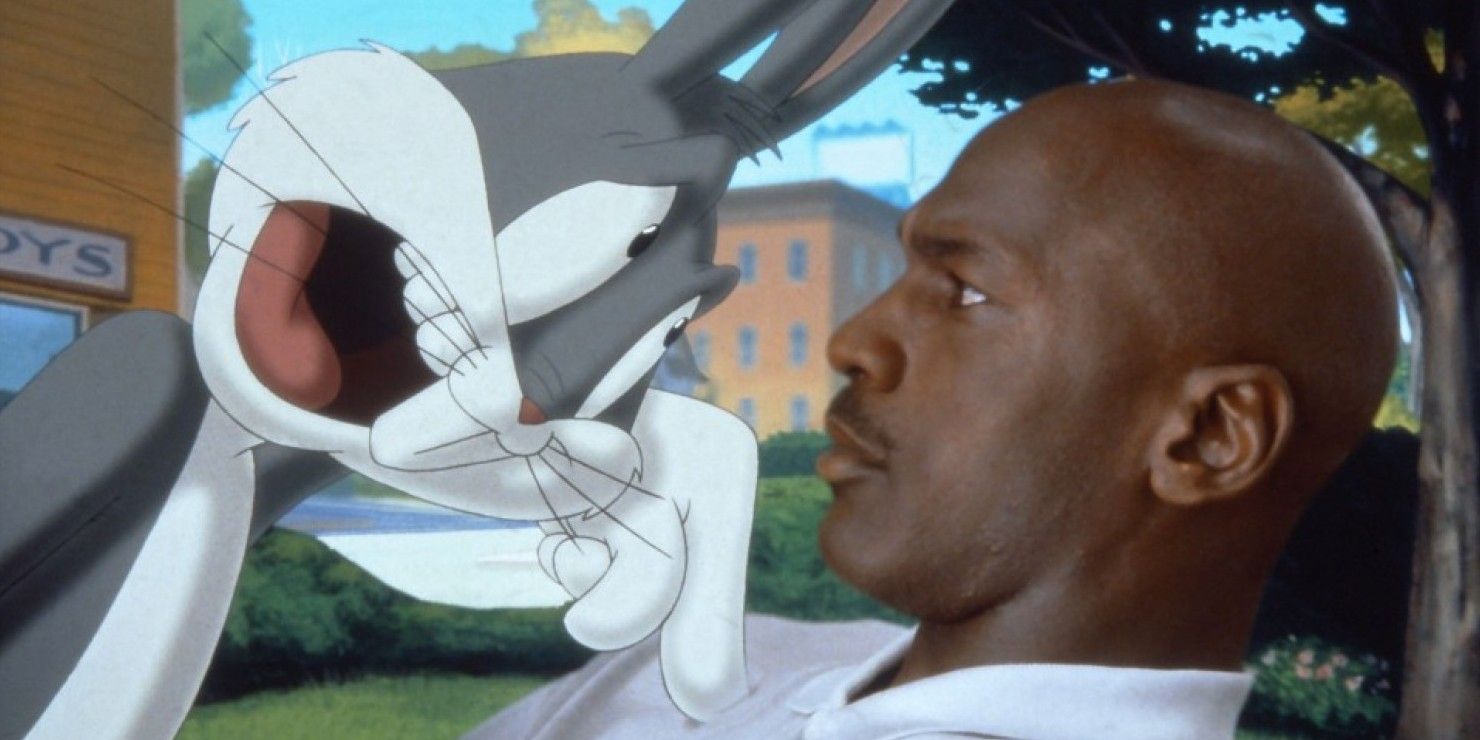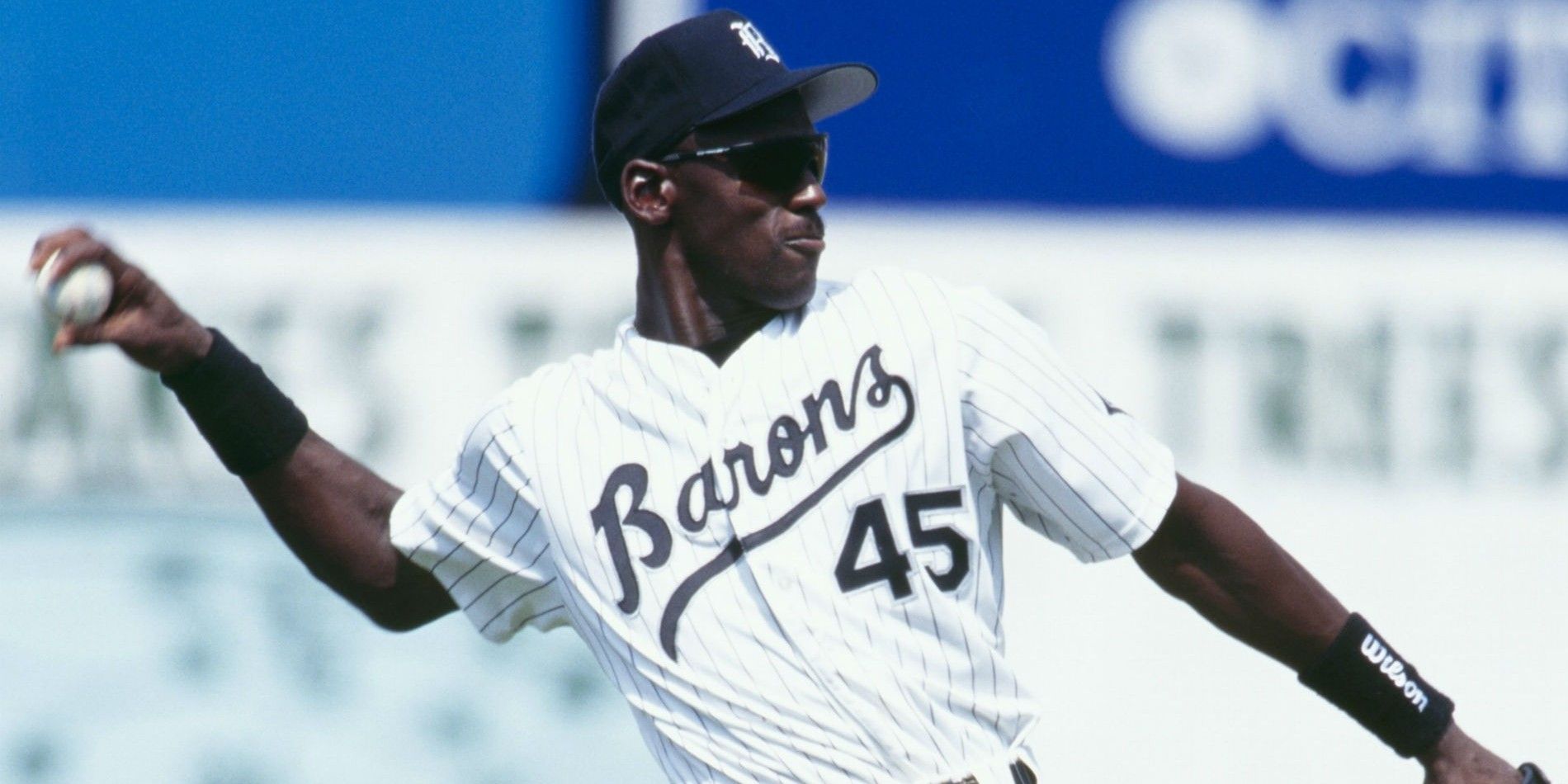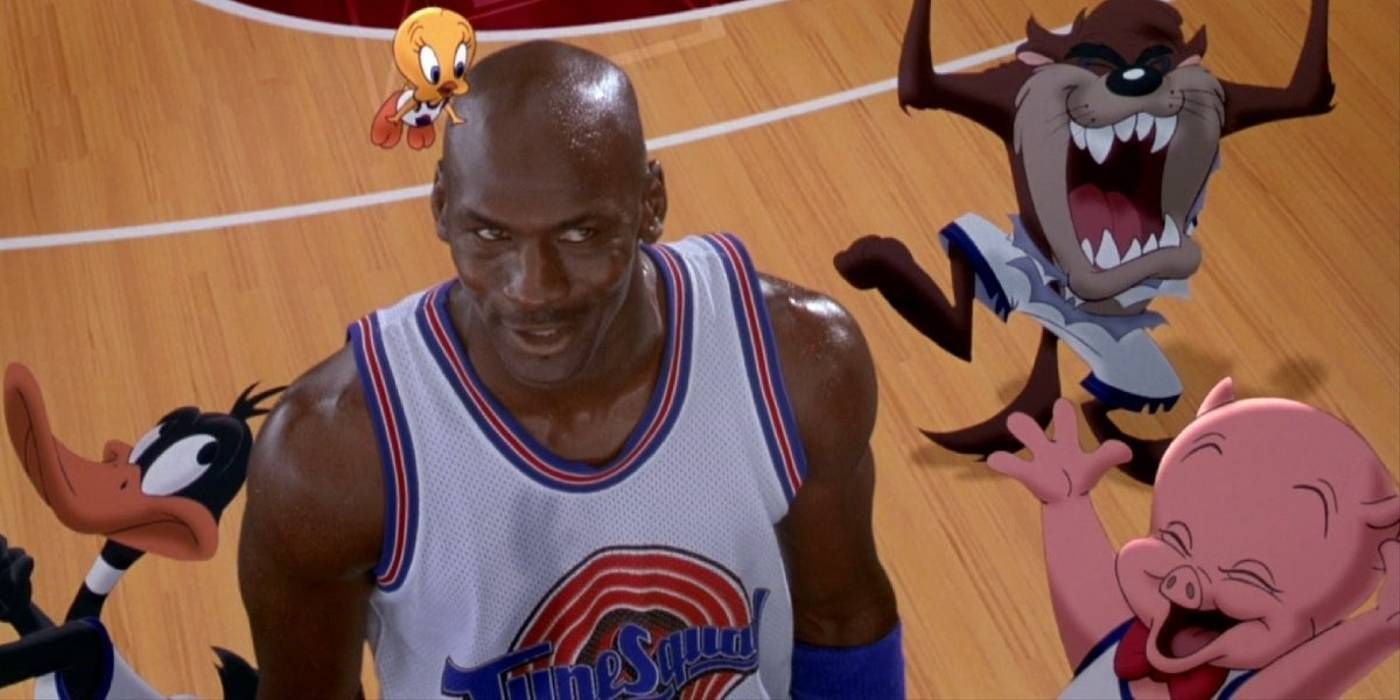Last Sunday's latest double feature of The Last Dance, the multi-part series chronicling Michael Jordan's life and career, focused primarily on the period stretching Jordan's retirement from basketball and subsequent mid-career baseball hiatus. But perhaps the most interesting segment focused on His Airness' time on the set of Space Jam, and the role the film played in Jordan's return to basketball dominance.
Back in 1993, after winning his third straight NBA title, Jordan quit basketball. He claimed to be lacking the motivation to keep going and chose to play baseball, a game that was loved by his father, who was murdered just a few months before. Though he seemed to have moved on, the basketball world hung on with bated breath, secretly hoping MJ would return. Meanwhile, he was firmly on his way to an MLB debut, at least according to White Sox owner Jerry Reinsdorf.
However, the MLB strikes in 1994 clouded this possibility as the players held out. Jordan stood with his teammates and refused to cross the fence, but it also meant putting his career on what seemed like an indefinite hold. Just days deciding to leave the sport, Jordan sent his infamous "I'm back" fax, returning triumphantly to his original game. Although he came back strong, scoring 55 points in just his fifth game back, his Bulls were stopped in the playoffs by the young and upstart Orlando Magic.
That summer, Jordan had one thing on his mind -- getting back into the shape he needed to be to win again. The only speed bump on the way was his commitment to film Space Jam, the now-iconic Jordan and the Looney Tunes basketball team-up movie. Fortunately for everyone involved, Warner Bros. was willing to play ball, building Michael a state-of-the-art, fully functioning court and weight room on the production lot.
The schedule was so intense, that in addition to full filming days Monday through Saturday, Jordan also had to sneak in full workouts during his two-hour filming breaks. But for Mike, it just wasn't enough. Pretty soon, the so-called "Jordan Dome" also became a mecca for numerous NBA stars for the legend to play pickup games with. As for how Jordan managed to find the energy for all the high-intensity work, basketball legend Reggie Miller summed it up best, calling MJ "a vampire."
The next season, much like he defeated the Space Jam's Monstars, Jordan's hard work paid off as he won his fourth NBA title. As a result, it's fair to wonder how much Space Jam specifically helped Jordan to get back in championship form. After all, Jordan used the scrimmages he organized to get an up-close and personal look at many of his rivals, including Horace Grant and Patrick Ewing, whose teams he would beat on the way to the title.
The Dome was able to attract so many players because, at the time, it wasn't just a court but actually one of the most popular venues in Los Angeles. Celebrities would often appear to see Jordan play, and attendance was strictly invitation-only. According to Tim Grover, Jordan's personal trainer, the environment created by the Warner Bros. funded Jordan Dome was "significant in him getting back to the Michael Jordan that we always knew." After over a year of practicing swings and base-runs, the experience was a necessary re-charge on the way to three more titles.
As a result, one could easily argue that without the draw of the Dome, it would have been much more difficult for Jordan to attract the high-level talent he needed to play against to reawaken his game. So, beyond solidifying MJ's popularity with a whole generation of kids that grew up in the '90s, Space Jam was also instrumental in laying the foundation for the final chapter of basketball's greatest legend.



